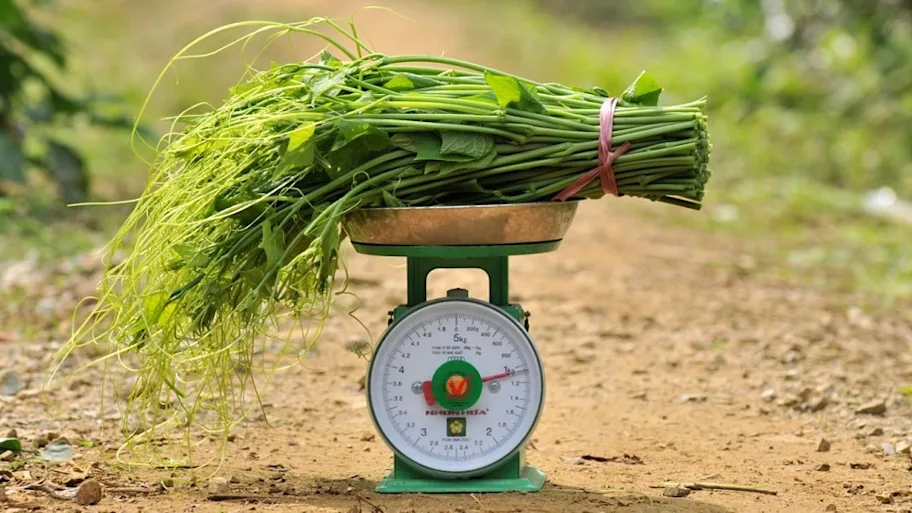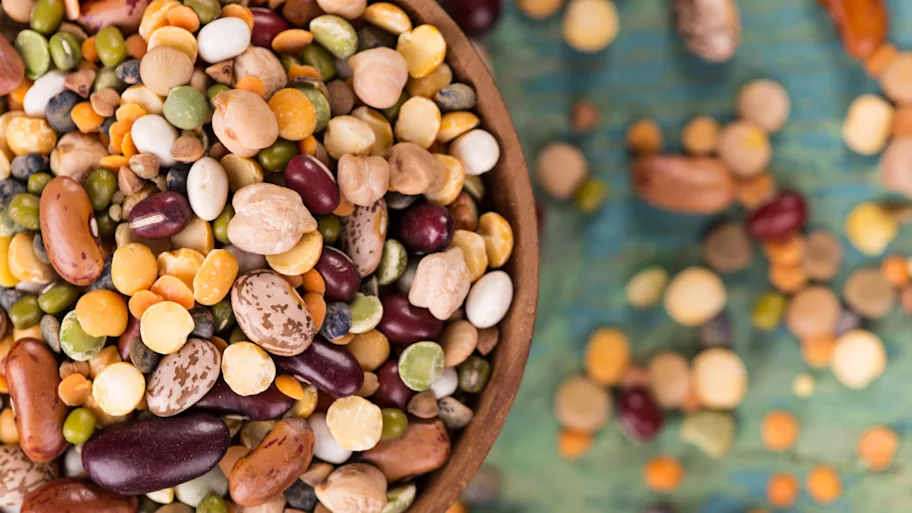
- Science news
- Featured news
- Impact of a second Dust Bowl would be felt worldwide
Impact of a second Dust Bowl would be felt worldwide
Catastrophic shock to US agriculture would deplete reserves, including those of other countries. Image: Shutterstock.
-- By Mischa Dykstra, Frontiers Science Writer
The American Dust Bowl of the 1930s – captured by the novels of John Steinbeck – was an environmental and socio-economic disaster that worsened the Great Depression.
The Dust Bowl was an extreme event. But due to climate change, massive crop failures are more likely to happen again in the future. New research in Frontiers in Sustainable Food Systems aimed to answer what these impacts may look like.
The Dust Bowl was centered on the Great Plains of the USA, where decades of unsustainable deep plowing had displaced native, moisture-retaining grasses. An atypical La Niña then brought intense droughts, high temperatures, and strong winds which blew away the topsoil in the form of large-scale dust storms.
Simulating the cascading effects of an extreme agricultural production shock: global implications of a contemporary US Dust Bowl event► Read original article► Download original article (pdf)
Apart from its direct impact on people (around 7,000 deaths and two million homeless), the Dust Bowl had a catastrophic effect on crops where wheat and maize production in the USA plummeted by 36% and 48% during the 1930s.
Currently, the Intergovernmental Panel on Climate Change predicts that in another three to four decades that most of the USA will have further warmed by 1.5-2 °C. This compounds issues that already exist today, where global food security is under pressure from the increased frequency of extreme weather events.
"We wanted to forecast how a multi-year production decline in a major exporting country, similar to that which occurred during the Dust Bowl, would affect modern food supplies globally via international trade," says first author Dr Alison Heslin, a postdoctoral researcher at the Center for Climate Systems Research of Columbia University and NASA's Goddard Institute for Space Studies.
"In today's system of global food trade, disruptions are not bound by borders. Shocks to production are expected to affect trade partners who depend on imports for their domestic food supply."
To assess the possible impacts of a second dust bowl, the authors first developed two alternative computer simulations of the worldwide trade in wheat. They then delivered a shock to these model systems in the form of a four-year-long Dust Bowl-like anomaly, restricted to the USA.
Under one simulation, countries first use their reserves and then divide the absorbed shock between imports and exports, propagating it in one direction by increasing imports and in another by decreasing exports.
Under the more complicated second model, the USA first reduces only its exports, propagating the shock to all receiving trade partners, after which all countries with a shortage respond by increasing their imports.
Their results predict a severity similar to that of the original event, estimated from historical data. The results show that the USA would fully exhaust 94% of its reserves over the first four years of a Dust Bowl-liked agricultural shock.
Related: Responsible innovation key to smart farming
They also show that without exception, all countries to which the USA exports wheat would decrease their reserves, even though they didn't themselves suffer crop failure.
"We focused on a subset of the possible impacts, specifically changes in trade, drawing down strategic reserves and decreases in consumption," says co-author Dr Jessica Gephart, Assistant Professor at the Department of Environmental Science of the American University in Washington DC.
"We found that global wheat trade contracts and shifts toward other wheat exporters, and that wheat reserves around the world decline, in many cases to zero. This suggests that the impacts would not only raise prices for US consumers but would also raise prices far beyond the US borders," says Gephart.
Key impacts of another four-year dust bowl could include an initial 31% loss of global wheat stocks, and by the end of the four years, between 36-52 countries could have used up over 75% of their starting reserves. The 10 countries with the highest initial reserves (China, USA, India, Iran, Canada, Russia, Morocco, Australia, Egypt, Algeria) would see their reserves decline by 15-22 % relative to the starting points.
However, a silver lining is that due to the high initial starting point of global reserves, most supply shocks, even in countries without reserves, could be addressed through trade flow adjustments without reducing consumption.
"Our results remind us that mitigating climate risks requires accounting for not only the direct effects of climate change, like local extreme weather events, but also the climate impacts which travel through our interconnected system of global trade.”
“In the context of food security, we show that accessing food reserves can, for a time, buffer populations from trade-induced supply shortages but as reserves deplete, people are at risk of food shortages," says Heslin.
Original article: Simulating the cascading effects of an extreme agricultural production shock: global implications of a contemporary US Dust Bowl event






